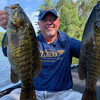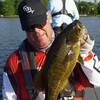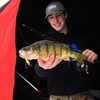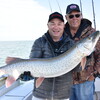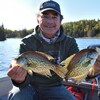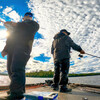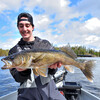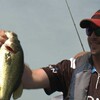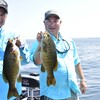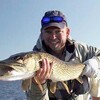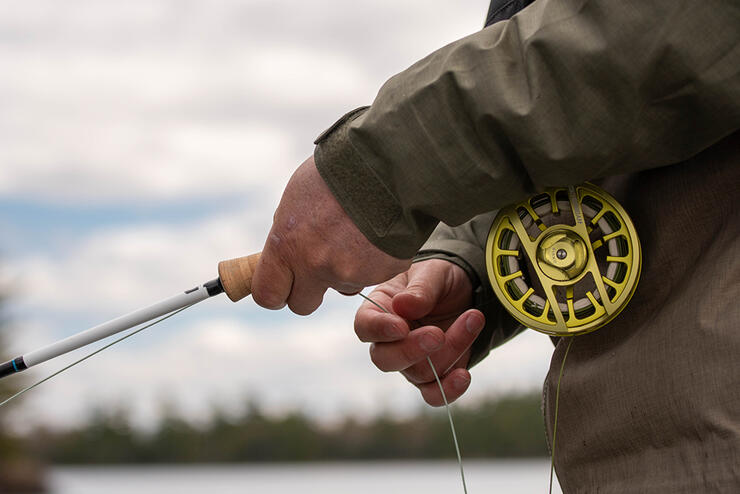5 Adjustments for Fishing Cold Front Smallmouth Bass in Ontario
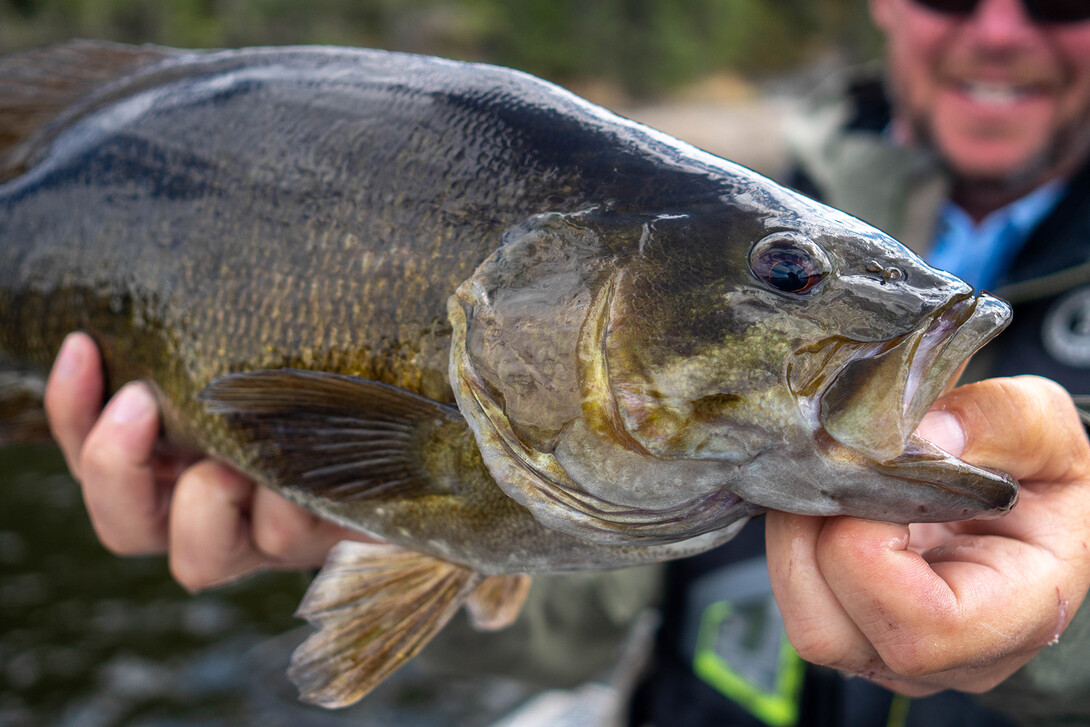
Smallmouth bass are an interesting species to target and catch on a fly. They are considered the weather watchers of fresh water. What that means is these fish can be extremely sensitive to changing weather conditions, namely the rise or fall of the barometer. As pressures change, the behaviour of the fish also changes. Bass love stability, be it foul weather or zero clouds in the sky on summer days, the stability of the barometric pressure is their happy place. It’s also where you will find bass will have a more positive reaction to feeding and hopefully your flies. But, weather changes and when it does, the fish do too, in their feeding patterns. Generally, bass will turn negative or “sulky” when there is a change in the barometer and one of the more common changes is the sudden onset of a cold front where high-pressure drops and the weather changes quickly. So what can you do to still be successful during these kinds of conditions?
Get Down!
No, literally! As bass adjust to pressure changes, they generally sulk at or near the bottom. This means, to increase your catch rate, it makes sense to fish where they are. By getting your flies to their level, the fish will be more likely to eat a fly right in front of them instead of having to expend the energy to swim to the surface to eat. So how do you get your flies down to them? There are a few ways. You can fish a weighted fly and count it down to the bottom, add a sink-tip line to your fly line to get deeper faster or you can switch spools altogether and fish a full sinking line. One more important note on a sink tip or a sinking line is to shorten your leader. The shorter the leader, the faster it will reach the strike zone of the fish. If you’re fishing a 9-foot leader, consider cutting it back to 4 or 5 feet in length.
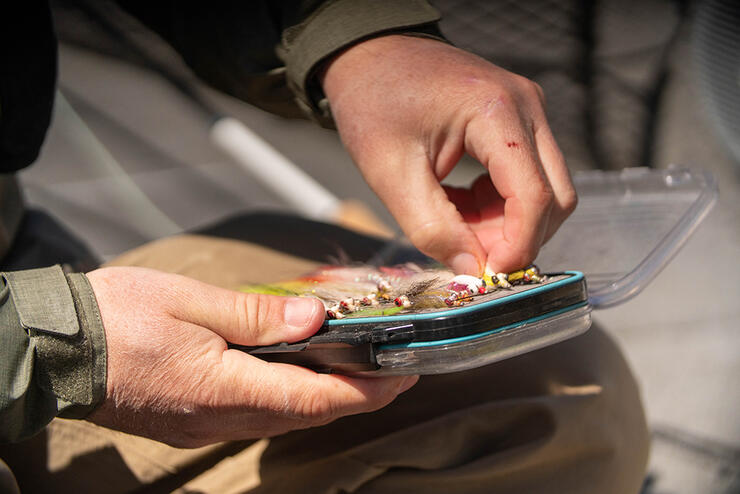
Slow Down
As the bass become more and more negative to weather changes, they will want to expend as little energy as possible to feed. Slowing your presentation down allows for a few things. It gets your fly down deeper. As stated above, you’ll want your fly to be where the fish are hanging out. Slowing down allows the fly to “hang” longer. This means the fly is in the fish’s strike zone longer which may allow the fish time to approach at the pace they want. It also mimics the negative speed at which the cold front has affected the bass. It can be inferred that if the bass are feeling negative in a cold front situation, chances are baitfish, crawdads, or other amphibians may be feeling the same funk.
Pare Down
Is smaller better? Sometimes yes, it is! During cold front funks, a well-placed smaller fly may just be what bass are looking for. Sucking up a nymph or a small woolly bugger takes way less energy than choking down a large streamer. It may just be easier to suck in something small than work to swallow a larger offering. We have found that during cold front events, shrinking your fly size will allow negative fish to consider feeding versus working to eat something substantial.
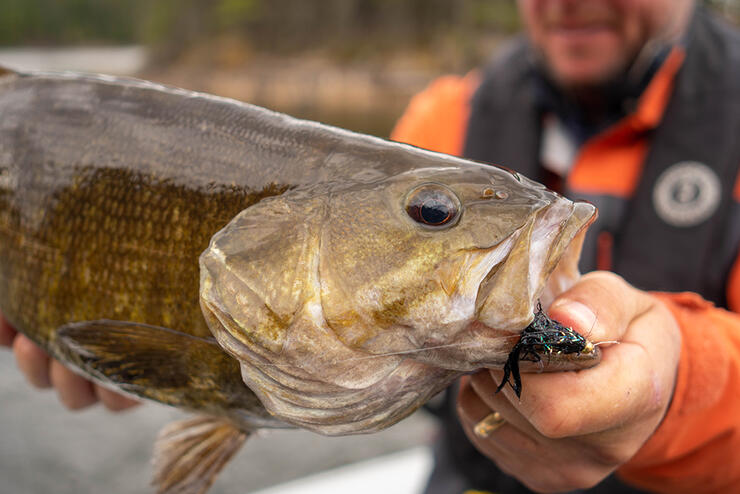
Go Natural
It stands to reason that when a bass’ metabolism is slow, they may not be searching for something to eat, moreover they just might grab an unsuspecting creature as it happens by into the bass strike zone. Not searching for food, the natural colors of creatures they may come across in their day to day are more likely, in our experience to be opportunistic prey items. The old cliché “match the hatch” works perfectly here. No matter the natural food source in that specific body of water, consider black, brown, rust or olive as natural colors of the flies you’re going to be presenting.
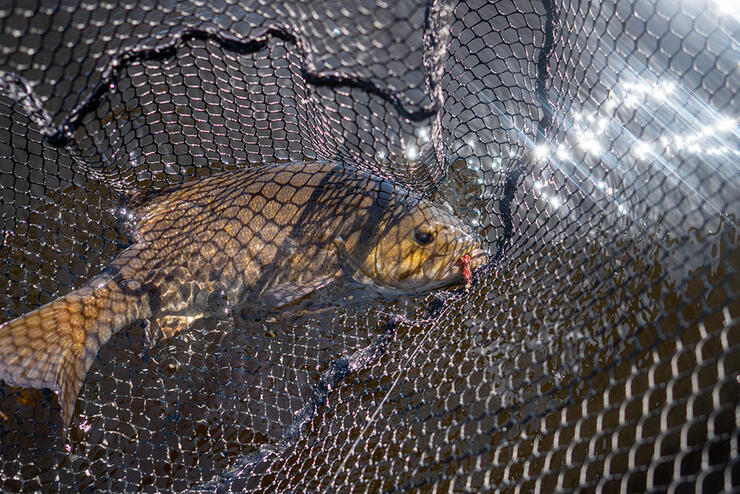
Double up
Check the regulations as to where you’re fishing and if legal, consider adding a 2nd fly to your setup. It could be just what negative smallmouth bass need to feed. Consider bass in a school situation, often, under stable weather conditions we see bass competing for a fly or chasing down a natural prey item. By adding a second fly to your setup, you’re effectively creating a chase scenario where it seems to the bass that a minnow for example a small Clouser minnow chasing a black woolly bugger is hunting down a leech or a crayfish. This instills a predator instinct in many species including bass. So if it’s legal to do so, in tough conditions such as a cold front, consider adding another fly to your rig to turn the bass onto attacking one of your flies!
Recommended Articles

How to Get Into Fishing
Casual Canadian Muskies
A Fool for Lac Seul
Road Trip Challenge
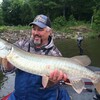
Goulais River Muskie

Hook Your Kids on Fishing
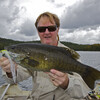
Do-It-Yourself Fly-In Fishing
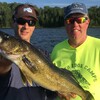
Timber Edge Camps
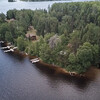
Happy Days Full of Bass
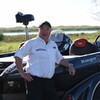
Ready for Spring

5 Places to Shore Fish
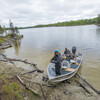
Muskie Fly Girls
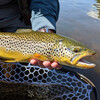
Fly Fishing the Grand River with Mikey Metcalfe
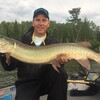
Top Three Ontario Musky Waters
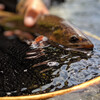
Outfitter Tough, Guide Tough

Top 5 Things to Bring on a DIY Fishing Trip
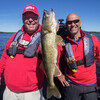
Year Round Fishing in Ontario
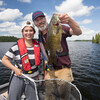
Creating an Angler
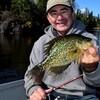
Sharpshooting Crappies
